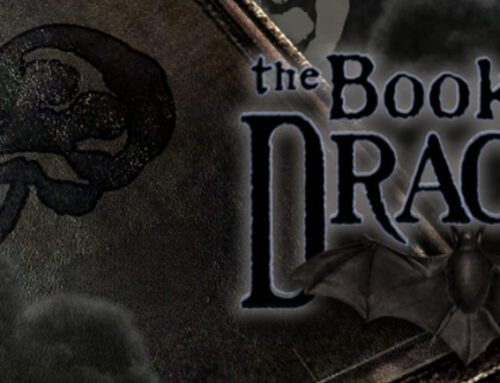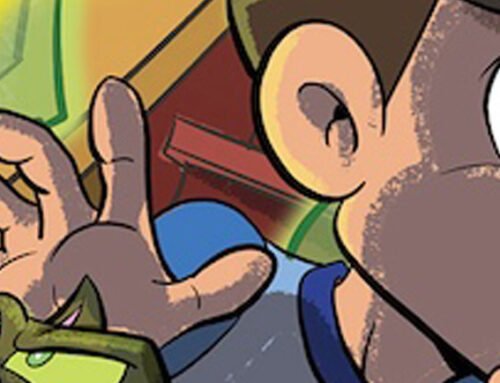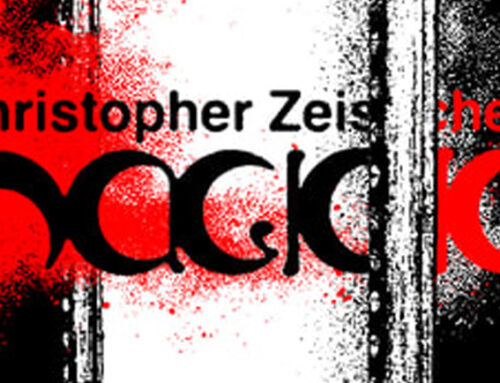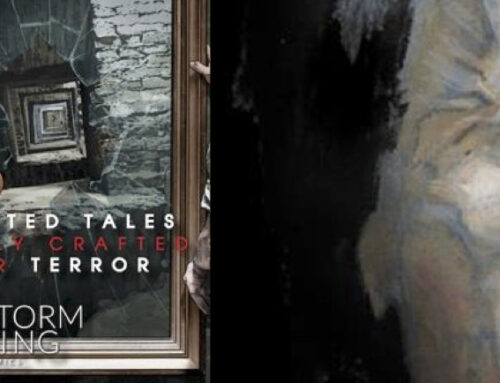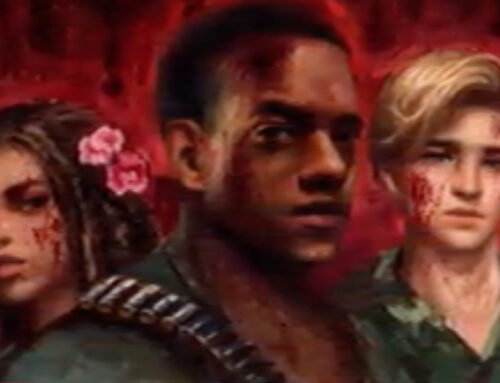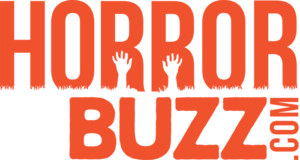Sequelland  is a collection of 11 interviews with filmmakers who’ve had the chance to work with beloved horror franchises– in most cases to ill effect. Interspersed with these interviews are Jay Slayton-Joslin’s essays on the nature of creative endeavors, ranging in focus from the anxieties of artists to the validity of creation despite poor reception.
is a collection of 11 interviews with filmmakers who’ve had the chance to work with beloved horror franchises– in most cases to ill effect. Interspersed with these interviews are Jay Slayton-Joslin’s essays on the nature of creative endeavors, ranging in focus from the anxieties of artists to the validity of creation despite poor reception.
The bulk of these interviews are insightful, granting us a glimpse into the creative thought process behind some of the horror genre’s many franchise flops. As anyone familiar with the entertainment industry could guess, the successes and failures of sequels (especially late in a franchise’s life when rights have shifted hands and intellectual properties are far from their roots) are often the result of meddling beyond the control of a single creator. Throughout the book, we’re introduced to people who excitedly hopped on a chance to direct, either out of love for a given franchise or out of sheer desire to make movies. Who wouldn’t? Unfortunately, we hear about similar limitations time and again- studios demanding rewrites, changing parameters, or in some cases re-editing to the detriment of the filmmaker’s vision.
There are also several interviews with new perspectives and anecdotes to share. For example, learning why Adam Marcus chose to take Jason Goes to Hell in such a different direction than the average Friday the 13th movie goes a long way towards making his love for the character and series apparent. At only 23 years old the man tried to make sense of a mythology so convoluted by the prior sequels that the only way he could see to tie it all together in a way that made any sense at all was to include the Necronomicon. Whether you like the movie or not, it was a big risk from a fresh-faced director, and it took a lot of courage to try to pull it off. Things like this, that may have seemed like catastrophic “what were they thinking” moments in prior viewings receive some posthumous explanation, and those stories find homes in Sequelland.
Much like the movies being chronicled, the book is not without its flaws. These have a lot to do with the author’s decision to include answers in what appears to be an entirely unedited format. While it certainly upholds the integrity of interviewing as a journalistic process, there are entries that could have been shortened either to eliminate redundancy or to improve readability. Real people don’t speak the way authors write, so there are a few interviews that drag due to the inclusion of mild ramblings and true speaking voice.
Nor does every interview provide equal insight. There are only so many ways to say “we were rushed and the powers that be had other plans” without retreading concepts. There are also those that simply feel too lengthy– for example, it doesn’t take 15 or so pages to understand that Uwe Boll’s filmmaking process is much more financially driven than most. By contrast, it feels like a missed opportunity that Mary Lambert’s interview is only a single question. A better balance between interview subjects was probably possible.
Much as I did find the interviews and Hollywood inside baseball fascinating, the essays mixed in are really the bow tying the whole thing together. Jay Slayton-Joslin seems to have included these in chronological order as the book shaped up, and it gives us an aside on the creative process that went into Sequelland as we get the same from the directors about their films. The author’s creative angst and uncertainty about his artistic career make the whole thing feel like the earnest approach to creation which is being championed. Slayton-Joslin seems to know that for all the light shed on the shortcomings of these movies, they (and by extension, this book) won’t be absolved of their failures, and that’s not the point. It’s about capturing the mentality of those given the opportunity to do what they love, for better or for worse, and that includes the author himself. All in all, it’s a poignant sort of self-reflection which any creative will get something out of.
Rating
7 out of 10 direct to DVD sequels

